I visited the UAE between January 8th and 15th 2022. My aims were to make a story for terra, a German travel magazine; to look for one of my most wanted mammal species, the Arabian Tahr, and to loose some kilos of winter flab.
I arrive at Dubai airport at 3 am in the morning. I have to queue first and wait for a Covid test. Again it takes some time until I get my rental car, a Kia 4×4 (roads are so good, a 2×4 would have been enough; side note: gas price was 59 Euro cent/l). On the way to my Hotel in Al Ain, I’m about to nod off, when I come across a police checkpoint at the Dubai/Abu-Dhabi border. They want to see the result of my Covid test which of course is not available yet. The officer is very friendly, but that doesn’t stop him from sending me back to Dubai. Ok, what’s next?
The Dubai Desert Conservation Reserve is not far. The plan was to go there later. But well, let‘s do it now. I know it is not possible to enter the reserve without a guide. On arrival I find out that there is no tour offered before 2 pm. That‘s too late for me. The whole reserve is fenced and so I try to drive along the fence and find a dune, from where I can look over the obstacle. I drive a bit along the west side of the reserve and soon get into soft sand and remember a notice in Jon Hall‘s 2017-report: „An ill-fated attempt to go spotlighting ended in under two minutes when I got my Humvee rental stuck in the desert. I spent the next two hours digging it out.“ Often I am too stubborn. This time I am smart – and turn the car.
On the north side of the reserve I find some dunes suitable for my purposes. It takes a view attempts and then: success. I detect three gazelles, which turn out to be Sand gazelles (Gazella marica), followed soon after by a lonely Arabian Oryx (Oryx leucoryx). The distance is quite far, a few hundred metres, but the setting with the animal embedded in ripple-marked dunes is absolutely stunning.
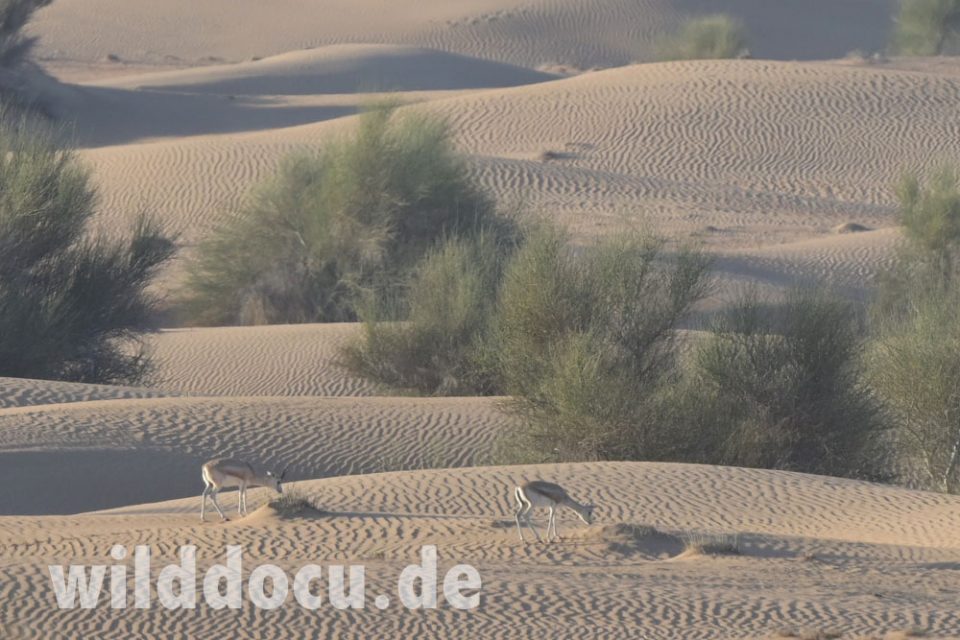
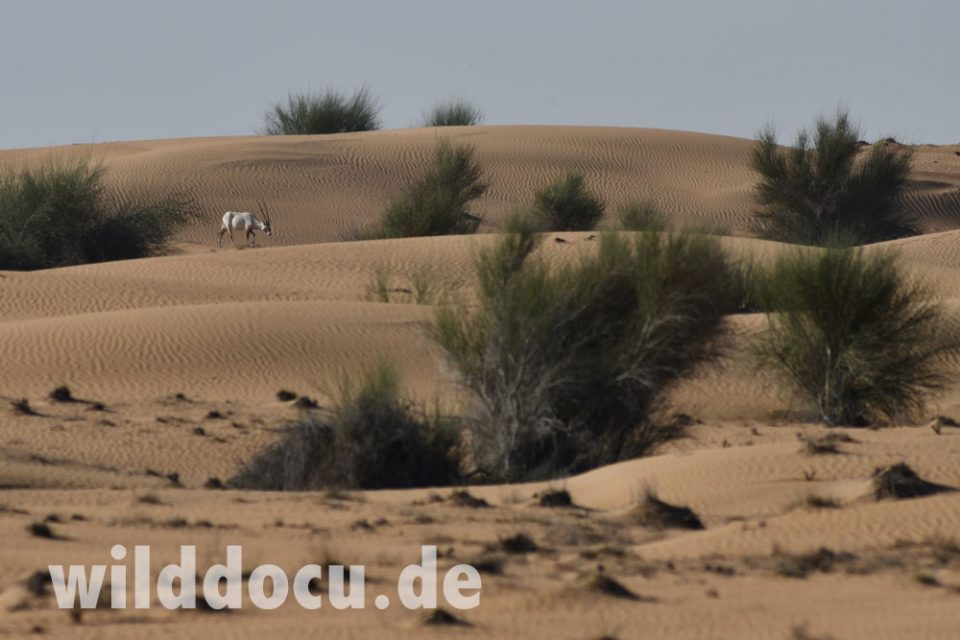
And then I experience what Arabian hospitality is: Between me and the fence is a track. Soon I find out that camel herders use this track to train their animals (for camel races, I guess). A pair of dromedaries come by, followed by an Arab in a 4×4. The man perfectly resembles my picture of an Arab, that was formed when I obtained Frank Zappa’s 1979-record titled Sheik Yerbouti.
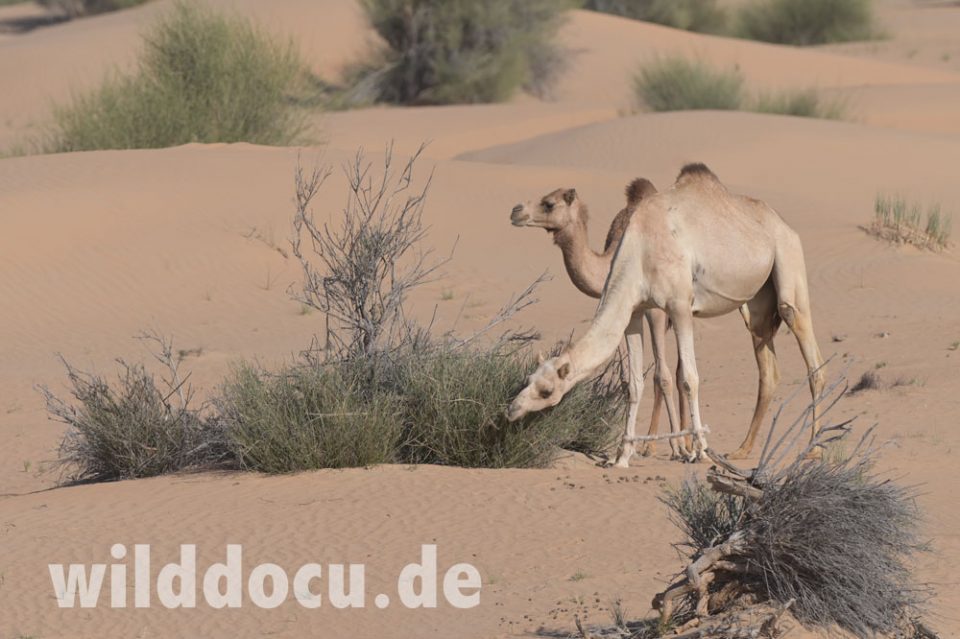
We exchange friendly glances, he follows his darlings. But after 50 metres he suddenly stops and goes into reverse. At my level he stops again, opens the window and holds a scull of a sand gazelle out to me. He doesn’t speak english. I take it and look at the scull admiringly from all sides and then want to give it back. With a simple gesture he makes clear that he doesn’t want it back and that this scull is meant as a present.
Wow! We never met before. This man had just a few seconds to gauge what kind of a guy I am. He has seen me standing on this dune aiming with camera and tele lens at the wild animals behind the fence. Maybe he thought: “This guy is visiting and interested in my country and the animals I love too.” Obviously this is all he needed to make a present to a total stranger. Simply: wow! How beautiful and edifying travelling can be!
I stop at a cafe to check my covid app. Bingo: negative! This time they let me pass the border. I proceed towards Al Ain, but like Anita Ericson I have to find out that mapsme doesn’t really work in this part of the world. Nevertheless I stick to this navigation app, and with a little improvisation art, I finally reach the Mercure Grand on Jebel Hafeet around noon. (It seems there are thousand variations to spell the name of this mountain.)
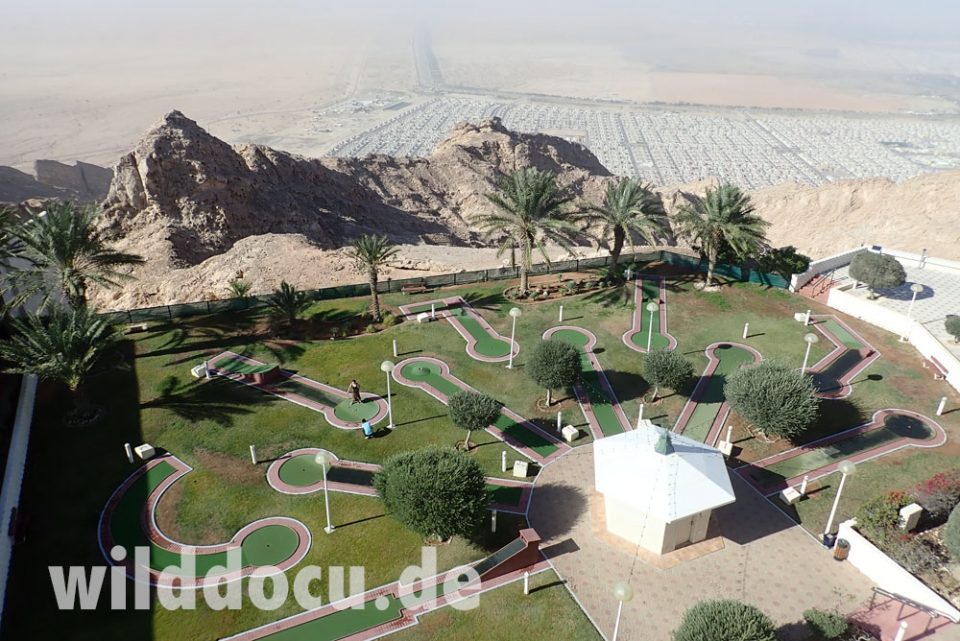
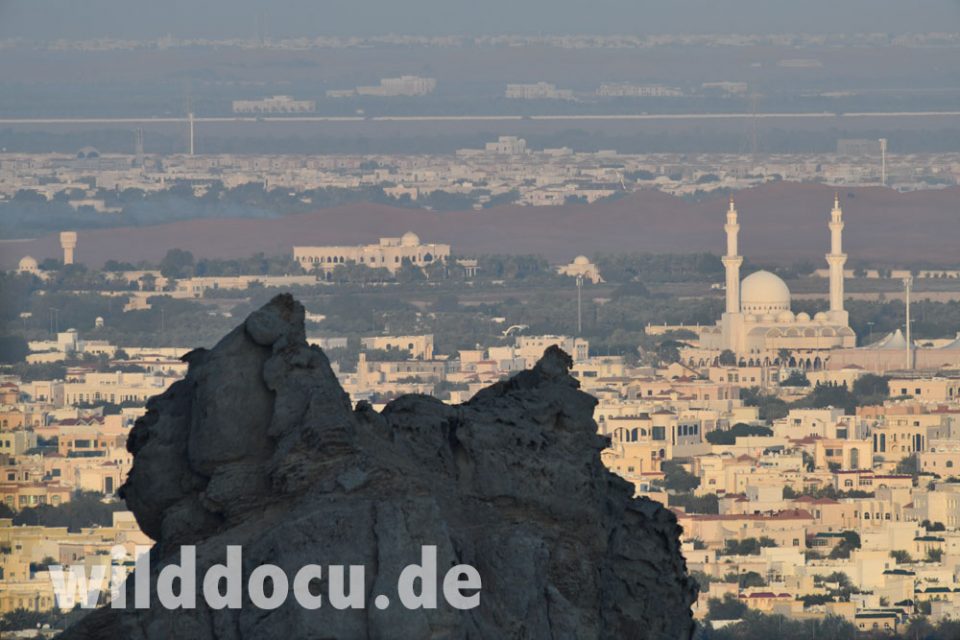
Without having had proper sleep the last night I am now beyond the point, where sleeping makes sense. I rather go exploring. The ridge at Jebel Hafeet isn’t really a wilderness area. There is the road, the hotel, a military installation, a palace and a big parking lot at the end of the road. But in between there are smaller parking lots, from where you can also scan the surrounding slopes with binoculars. There are quite a few interesting birds around like Egyptian Vulture, Brown-necked Raven or Pallid Swift (Find my birds on ebird!).
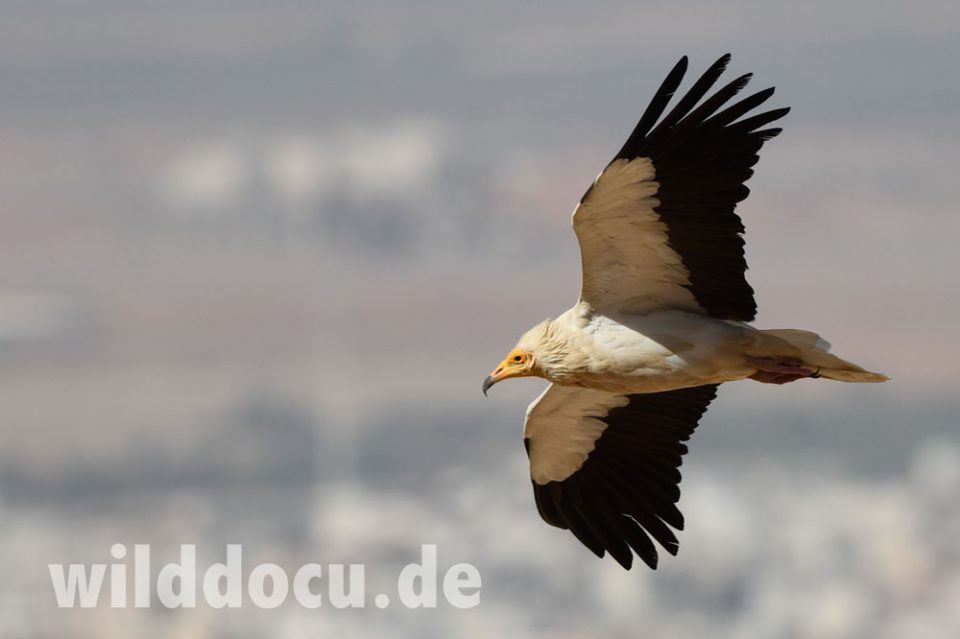
It takes a few hours before I see my first mammal, a species that has not been mentioned before in other reports: the Aoudad (Ammotragus lervia). The species must have been introduced to Jebel Hafeet recently, but corresponding publications seem not to be available. The Aoudad is a highly invasive species. How the Arabian Tahr can deal with it, it will be seen. I see four animals (one young) from the garden of the hotel at the base of the palace wall. Drain pipes protude from the wall. The water and the resulting vegetation seem to attract the animals.
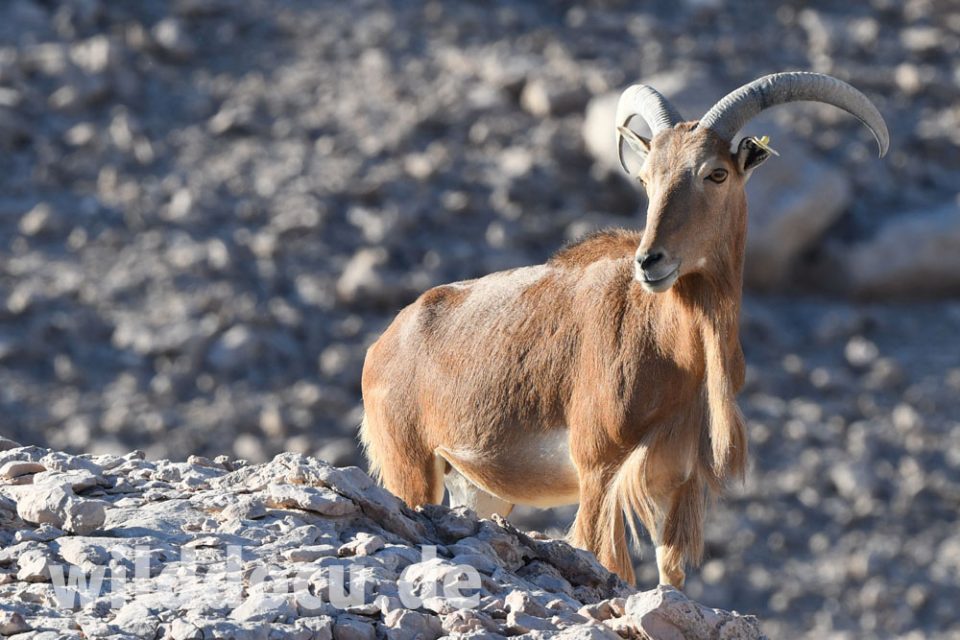
Sunday, 9.1. The next morning I am again up early to find some small mammals like an Arabian Spiny Mouse or a Near Eastern Wildcat (Felis lybica lybica or Felis sylvestris lybica). The mouse never materialises. Cats are everywhere. Many are stray house cats and there are also wild-coloured ones. I am not sure if there are any true wildcats left. It is also noteworthy that wildcats in this part of the world never show the typical bushy tail which typifies the European Wildcat.
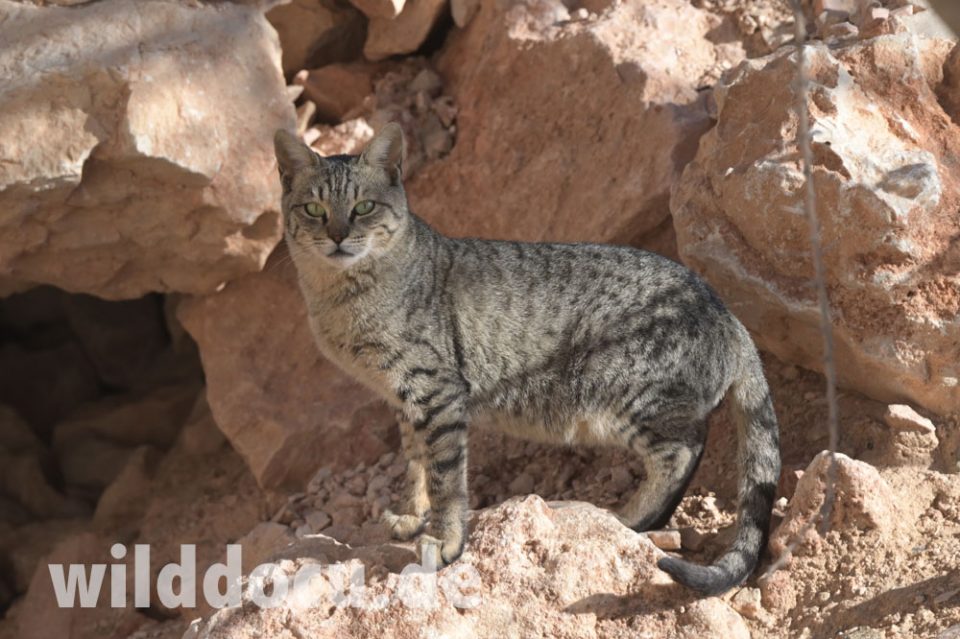
At dawn I find two more Aoudads. I detect them from the parking lot above Green Mubazzarah. At the same place I have a nice meeting with an Arabian woman.
It is still early and nobody is around. Then a SUV approaches and a woman in a traditional black abaya (robe-like dress) and headscarf steps off the car. Her face is covered with a covid-mask, so you could say, she wears a full-face veil. What instantly catches my attention is a camera with a tele lens that she holds in her hands. I watch her, and she starts taking pictures of birds. Normally I wouldn’t wait a second and start a conversation. But here? Can I do that, may I approach an Arabic women? C’mon, I think, just do it.
And I do. And it’s o.k. From the first moment on we have a very relaxed conversation about wildlife photography, posting photos on instagram, recording sightings on ebird and so forth. She is especially thankful for me showing her the Aoudads down the slope. Then it’s me who leaves for breakfast, very happy about the freedom of this woman and to have found out that the UAE, this modern islamic country, is even more modern than I expected.
In the evening I explore the Mubazzarah Damm area at the foot of Jebel Hafeet. It’s Sunday and there are hundreds of families having a picnic. I still manage to find some quieter corners and eventually spot a Desert Red Fox (Vulpes vulpes) and a single Kuhl’s Pipistrelle (Pipistrellus kuhlii). I think it’s a good idea to finish the day with a tasty Arabic mocha. In fact it is a really good idea taste-wise, but not at all good concerning my sleep …
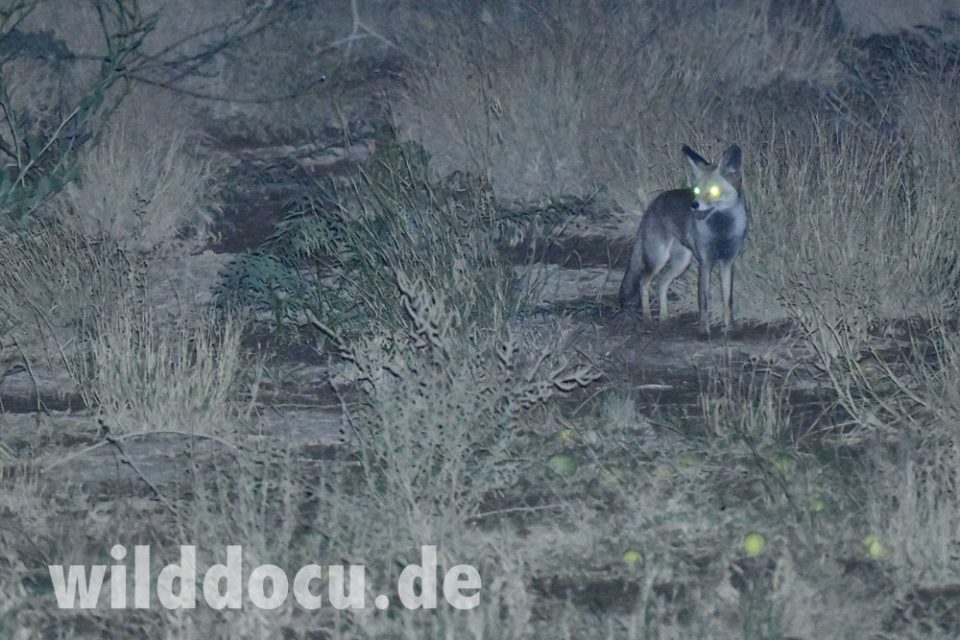
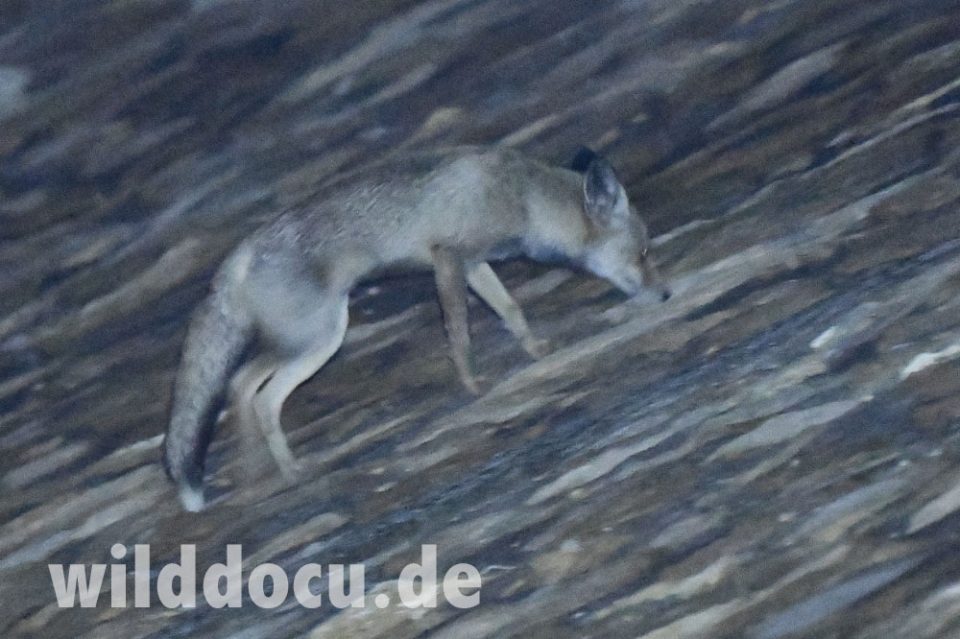
Monday, 10.1. Long before sunrise I am back out in the field. There is another fox at the Aoudad parking lot. I want to check Green Mubazzarah again, but the access is blocked – for whatever reason. I see Red-wattled Lapwings already busy on the shoulder of the road and cats that walk right through the lapwing groups without bothering them. I guess they find so many leftovers from the picnickers that there is no need for them to start a fight with these lapwings.
At home I had found a paper stating that the Arabian Tahr is more present on the East side of the mountain. I find an access road on the map, but on site it says “National park … no entry”. This is good news for the wildlife, but bad news for poachers – and me.
I return to the hotel and then start researching amongst the employees of the hotel about animals that have been seen in the vicinity of the hotel. People don’t know the english names for Tahr and Aoudad. And what they report, is not always matching. However what is highly diagnostic are their smart phone photos. They prove that both ungulate species come right to the fence of the hotel, day and night. In case of the Tahr it is individual males. Up to five animals have shown up in the Aoudad.
More evidence would be needed to say anything about the presence during seasons. From my own observations I can only say that this January there were still quite a few puddles in the wadis. So during the wetter season (winter) there is probably not so much pressure for the animals to visit artificial water holes.
Around 4 pm I am in the garden of the hotel. A lone Aoudad shows up and takes a bit of hay, not much. It is only a hundred metres away. Good for taking pictures.
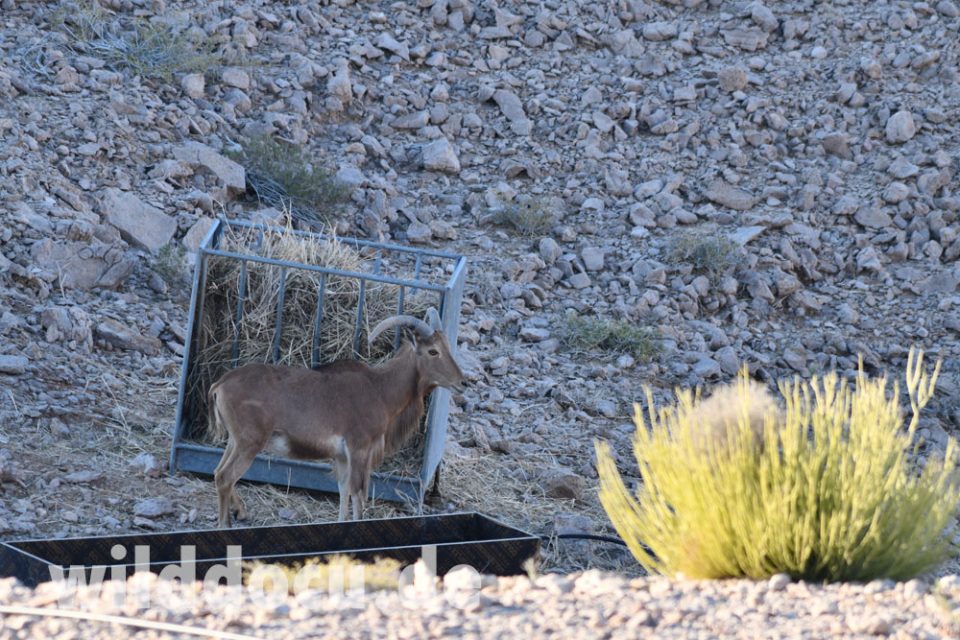
An hour later – I can’t believe my luck – a male Arabian Tahr (Arabitragus jayakari) appears. It’s perfect light. And the Tahr glows golden. A marvelous moment!
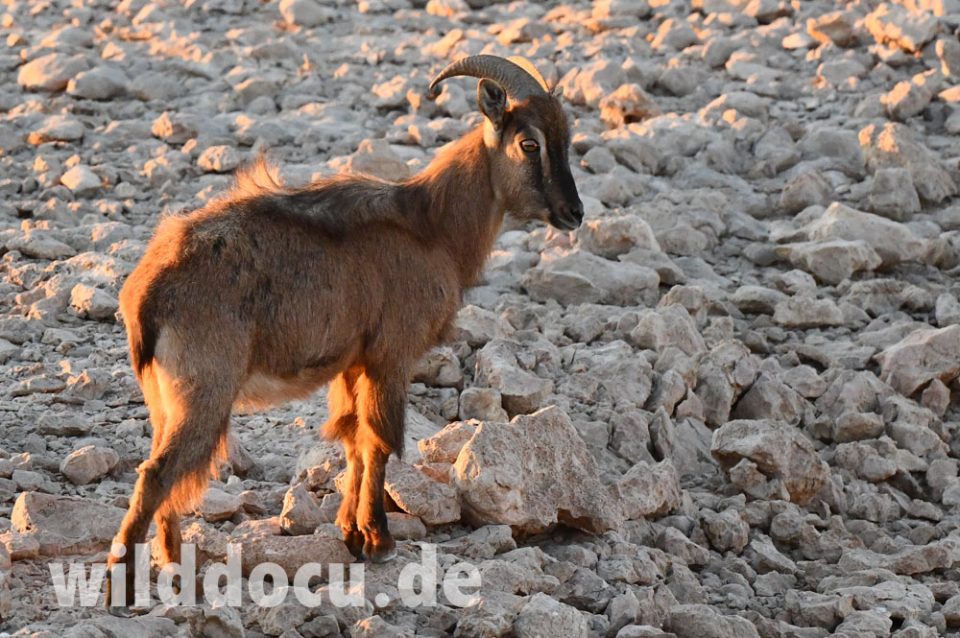
It also takes some hay and then walks past the broken rollercoaster and down the ravine that leads it towards the road.
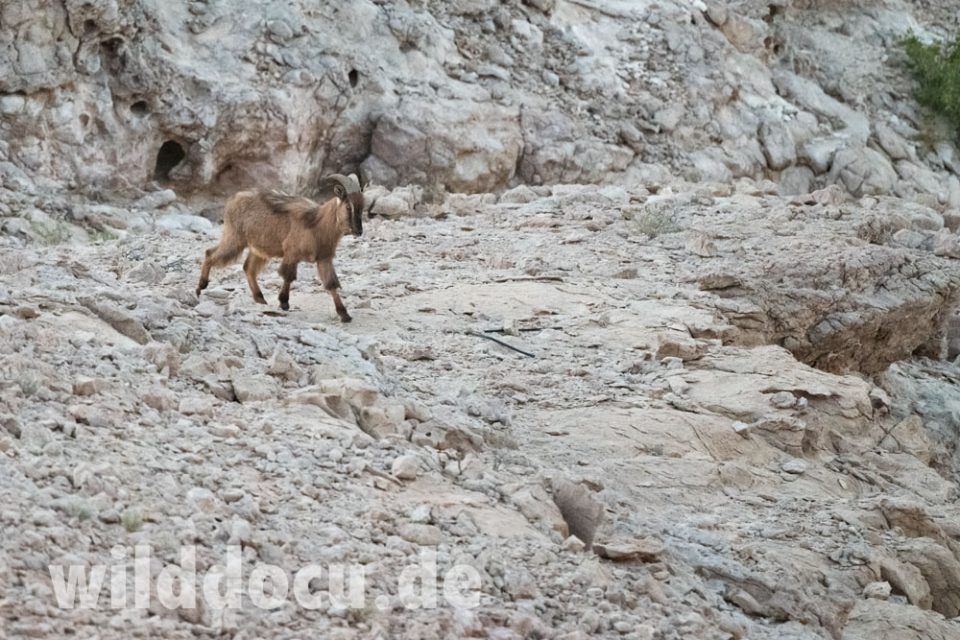
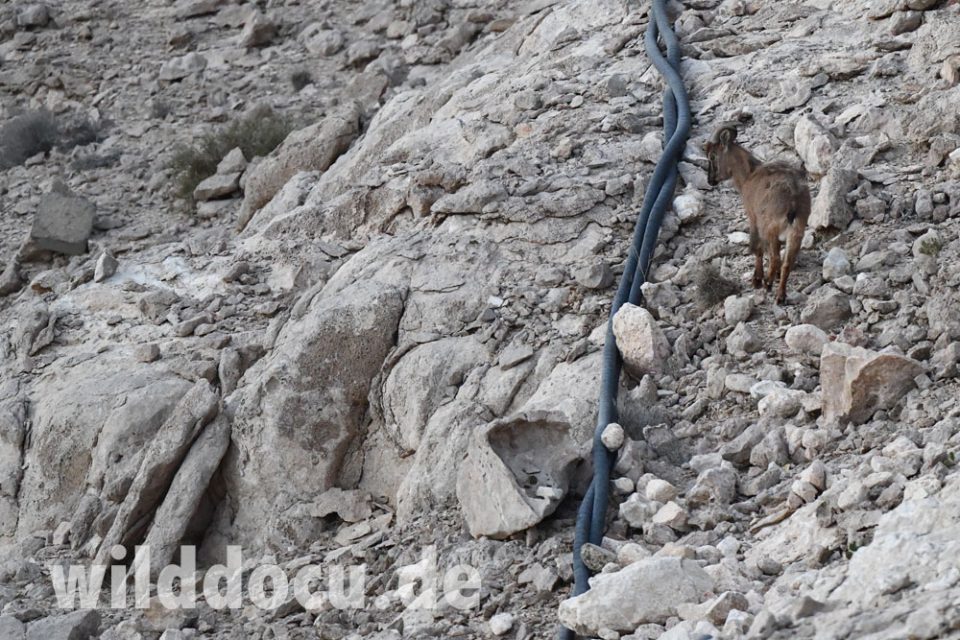
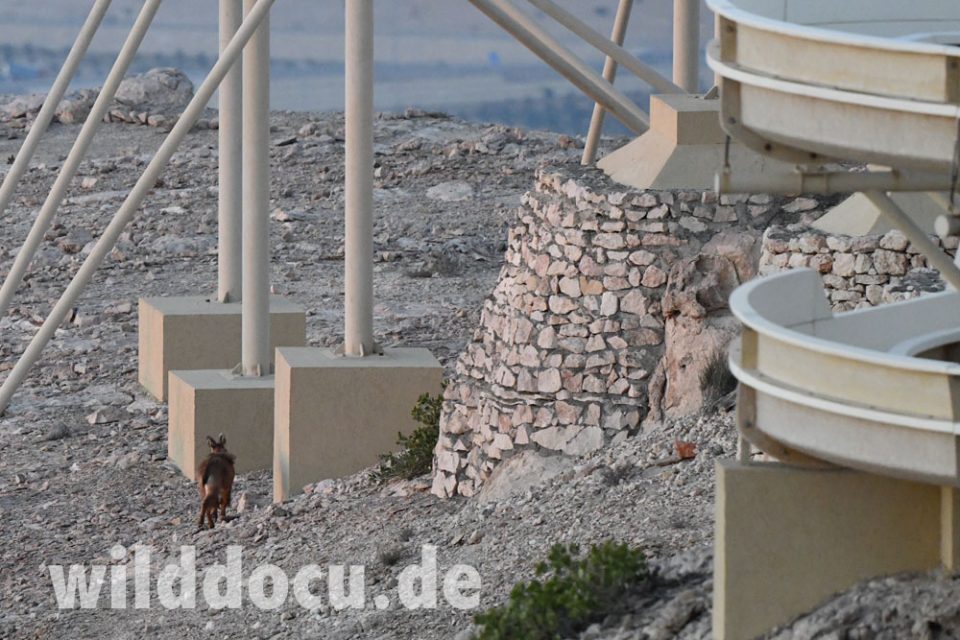
In the evening I go for a spin with thermal imager and bat detector: simply nothing. O.k., it’s winter, but it is also 25°C. But then again there are hardly any insects in front of the many lights – probably not the best of times for bats.
Tuesday, 11.1. It’s my birthday and I decide to have a relaxed day in the oasis of Al Ain, The plan is to sit and have an Arabic coffee and communicate with family members and friends. It is really a lovely place, but unfortunately it is also a very good place for birds. So I have to shorten the family and friends part and dedicate my time to the fowl instead. My folks understand.
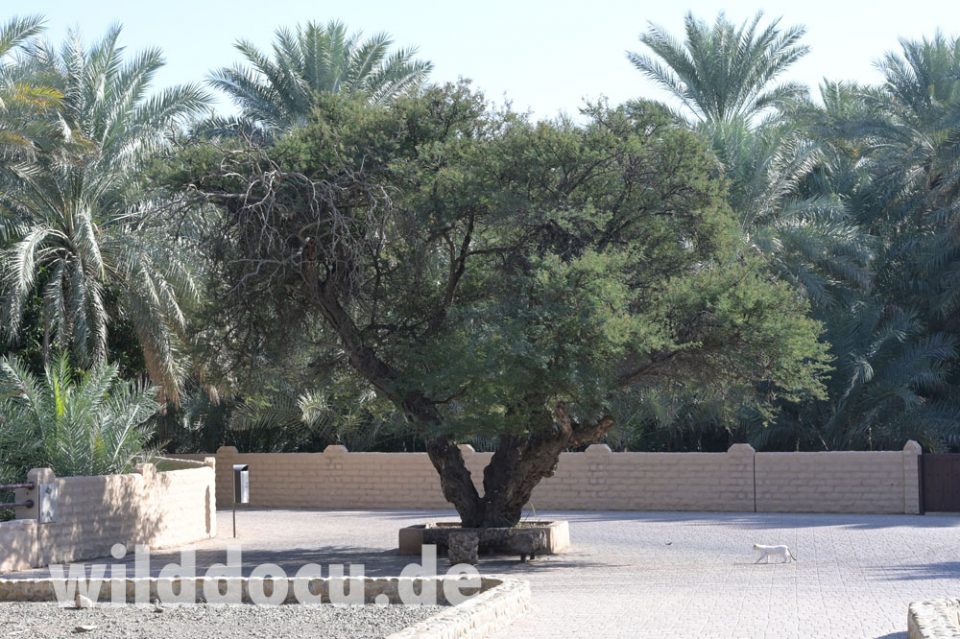
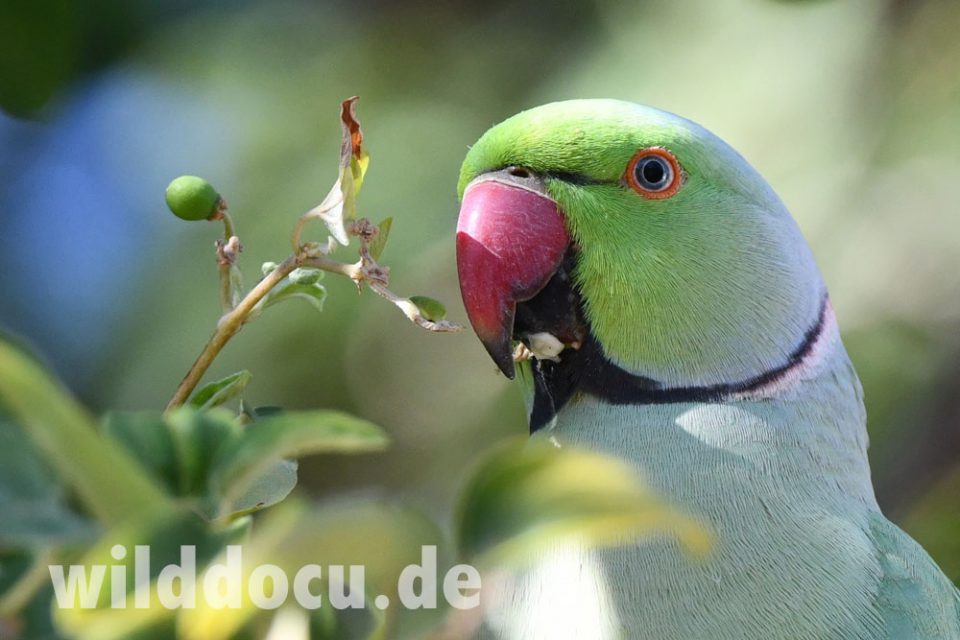
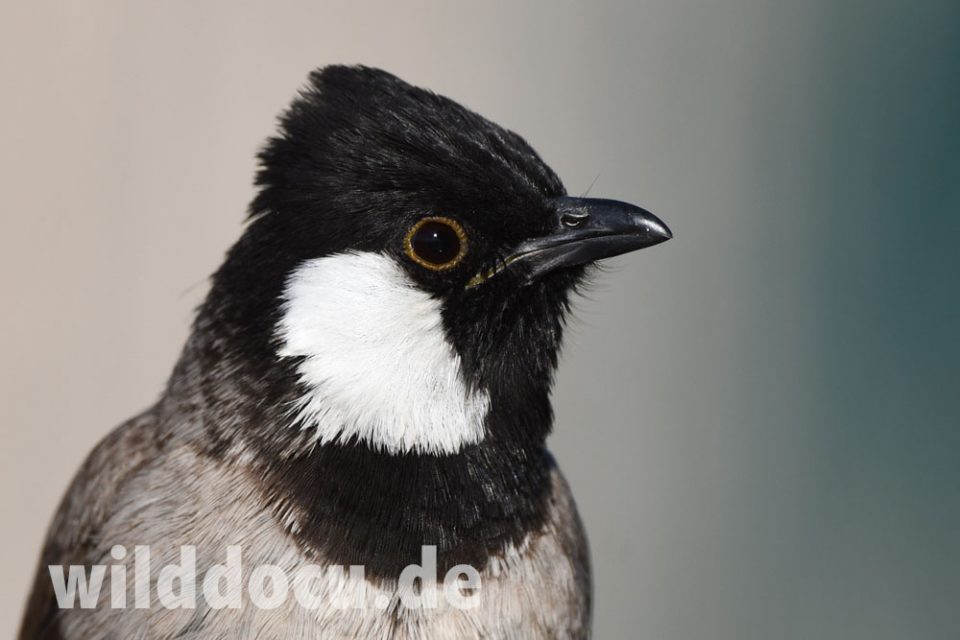
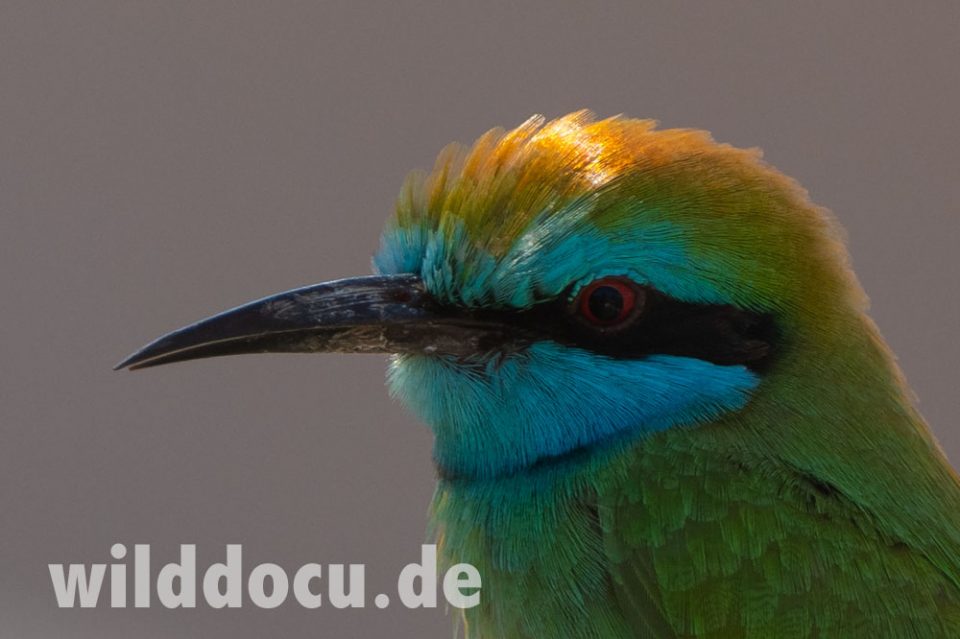
Wednesday, 12.1. I spend two more morning hours in the garden of the hotel before breakfast to look for my ungulates: nil. But to watch the sun dyeing the dunes of the Arabian Desert into an endless orange carpet is worth the effort.
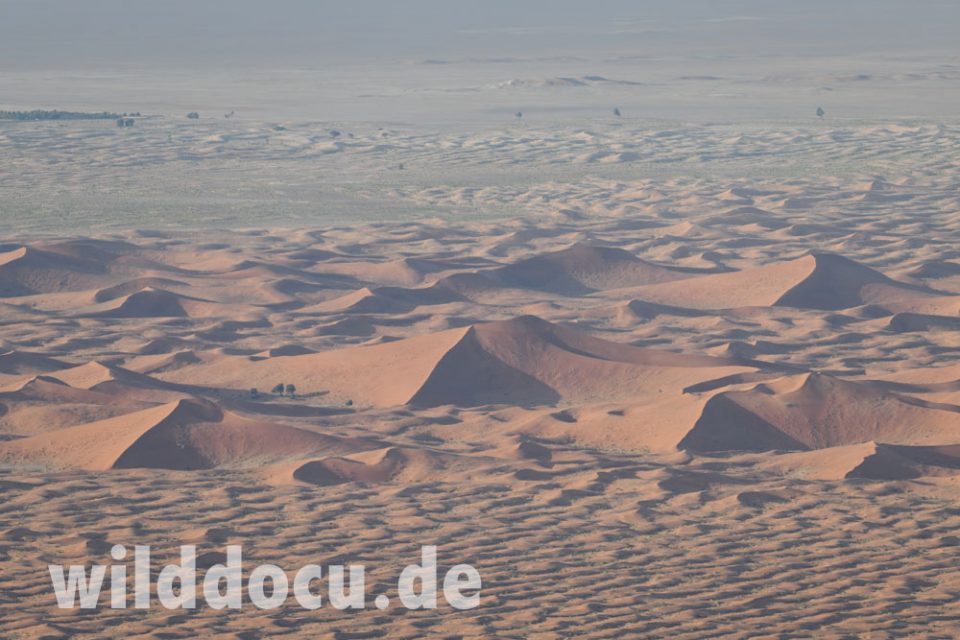
I find a route to finally reach the eastern base of Jebel Hafeet: Take the E40 towards east and then turn right towards the Mezyad Border Post (Oman). After about 5 km there is a sign to the right: “Jebel Hafit Desert Park”. You will reach a security post. Pay a small entrance fee and you are in the desert.
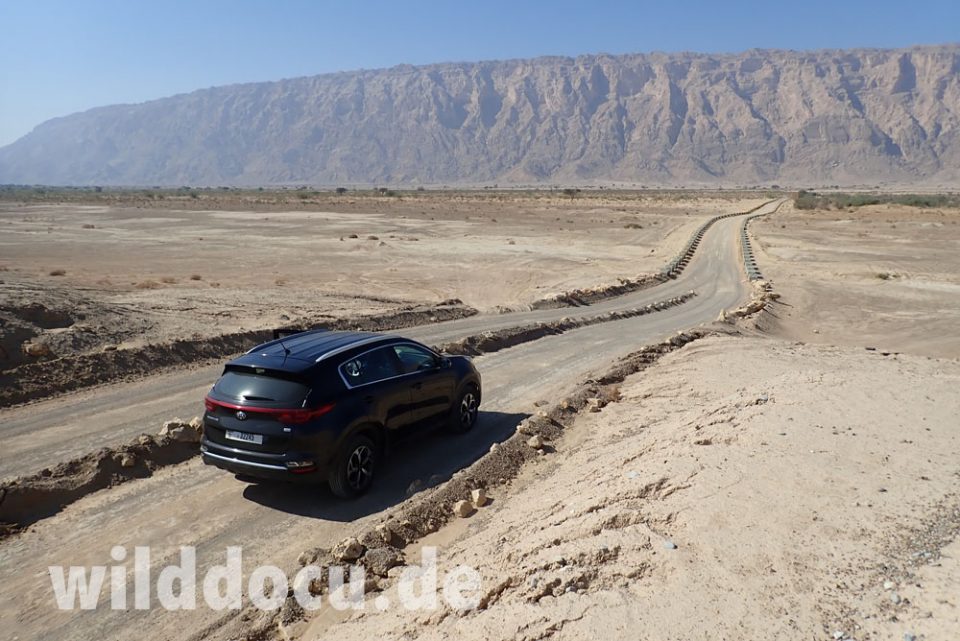
Here it is more the Hamada type or stone desert, where most of the sand has been removed by winds. The whole area is fenced, and also surrounded by an artificial dune (what an effort!), maybe to block the noice and lights from the highway and the nearby settlements. I believe the area has quite some potential for wildlife viewing, but it is probably still a bit early. To introduce gazelles would make a difference. And there are rumors bringing back the Arabian Leopard back to Jebel Hafeet.
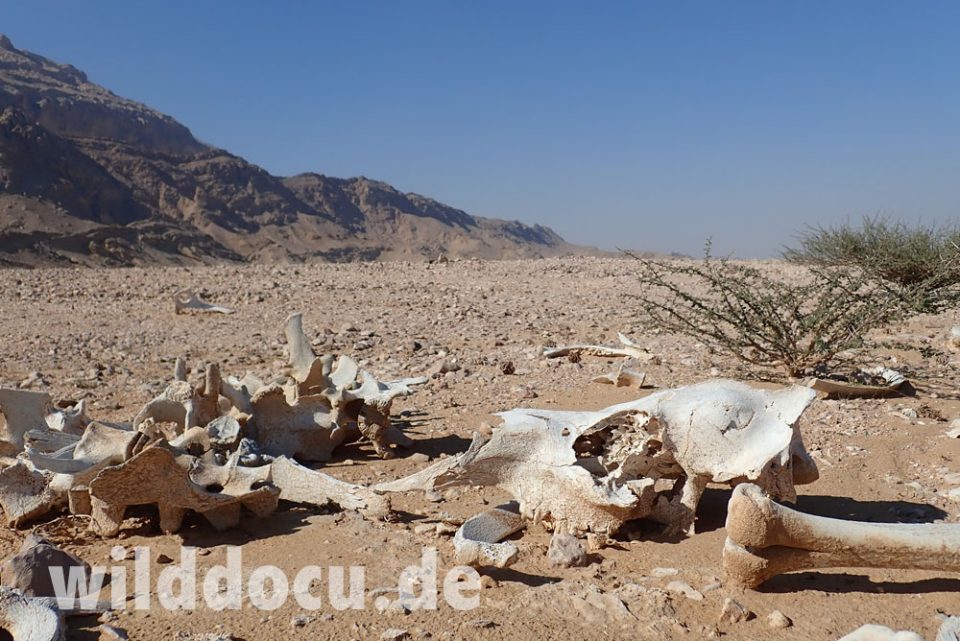
I drive around and try to talk to as many people I can reach, getting ready for a night safari. I then have to realise that I am short of gas. (It is so hot, that I let the ventilation run full blast. That costs a lot of fuel!) So I have to leave the park. At the gate I ask for a gas station and make sure that I will be allowed to enter the park again. Getting gas, is no problem, but then – the shift at the gate has changed – the new man in charge doesn’t want to let me in again.
He says it is no problem to stay longer than 5 pm, but last entry is at 5. I tell him, that his colleague has told me something else. But he insists on his interpretation of the rules and I finally have to accept it and come the next day again.
This story – and the next one – tells you one thing: The people here are in a state of setting things up for tourists, but are still not quite prepared. They also have to comprehend that not camel riding, buggy racing and sleeping in bubble tents is the future, but wildlife watching! It will happen!! What you can already see is Arabian Tahr and Aoudad coming down to the base of the mountain in the mornings and evenings. And there is also a chance to see Blanford’s Fox and Caracal. Both species have been detected by camera traps recently.
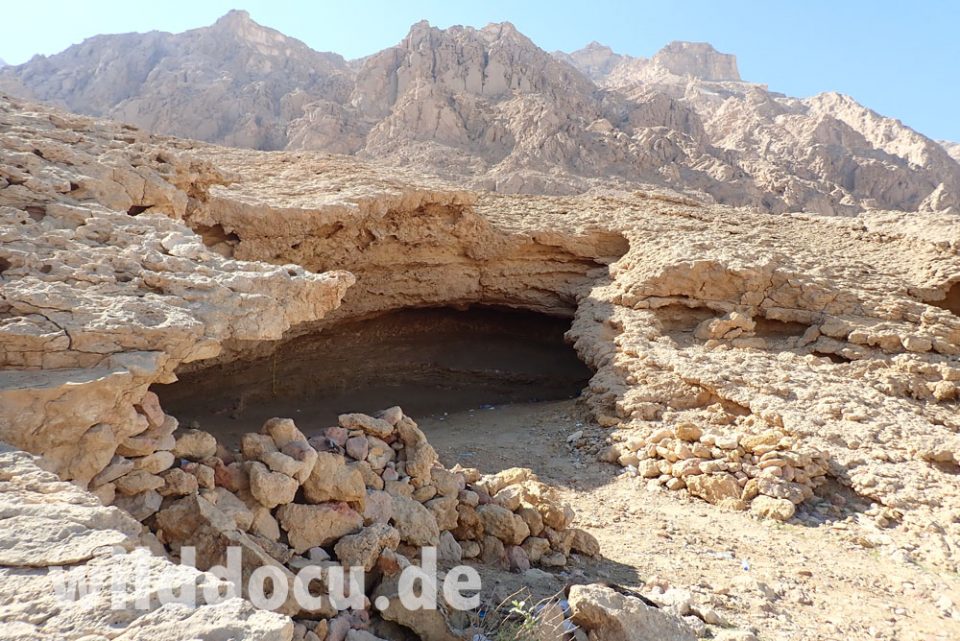
On the way back to the hotel I stop – as usual – at the parking lot above Green Mubazzarah. In the light of my flashlight I see four Aoudads. So I think it’s safe to say that this site is pretty reliably for this species.
Thursday, 13.1. I spend 2,5 hours from 6 to 8:30 am in the garden of the hotel and catch again a male Tahr with my camera – right in the moment when he goes over a ridge.
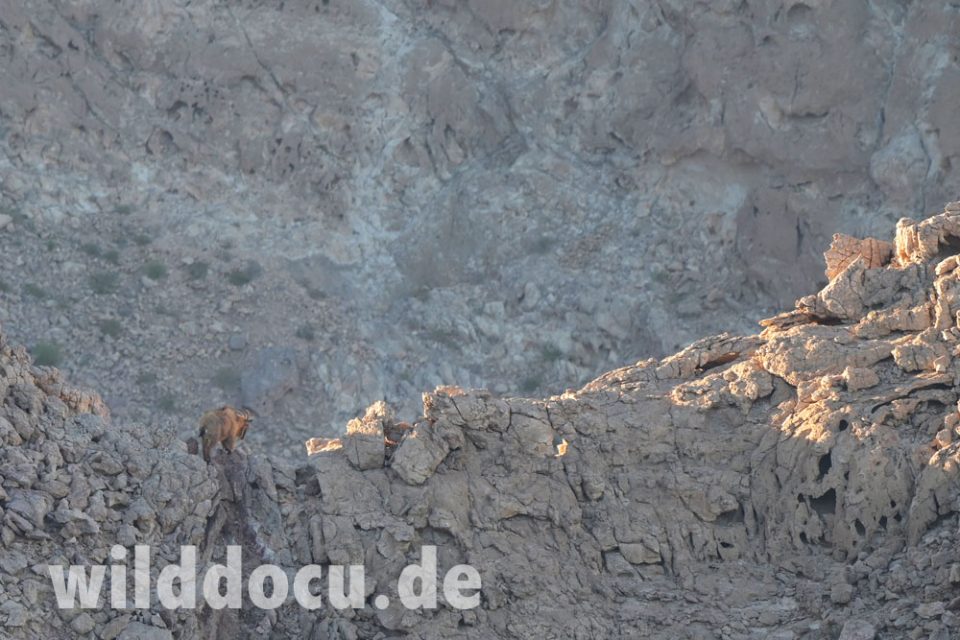
It’s just time to take six shots in a second. And he’s gone. What remains is the admiration for this species: How can it survive in such a barren environment?
I drive to a hospital in Al Ain to get a new PCR-test. It’s all well organised. I then spend the day in the local zoo – a great facility, maybe even for zoo sceptics. (And my lunch – indian – is the best I ever had in a zoo!)
Well before 5 pm I am back at the Desert Park. This time it is no problem to enter the park. BUT! A few kilometres further there is a second post at a so called Activity Hub. There they tell me that I am not allowed to proceed by car. On foot yes, but not in my vehicle. It is annoying, especially because they cannot justify their rules. Never mind, I pack my stuff and walk a kilometre through the desert and find a nice and scorpion free place to wait for the night and the animals coming down the mountain.
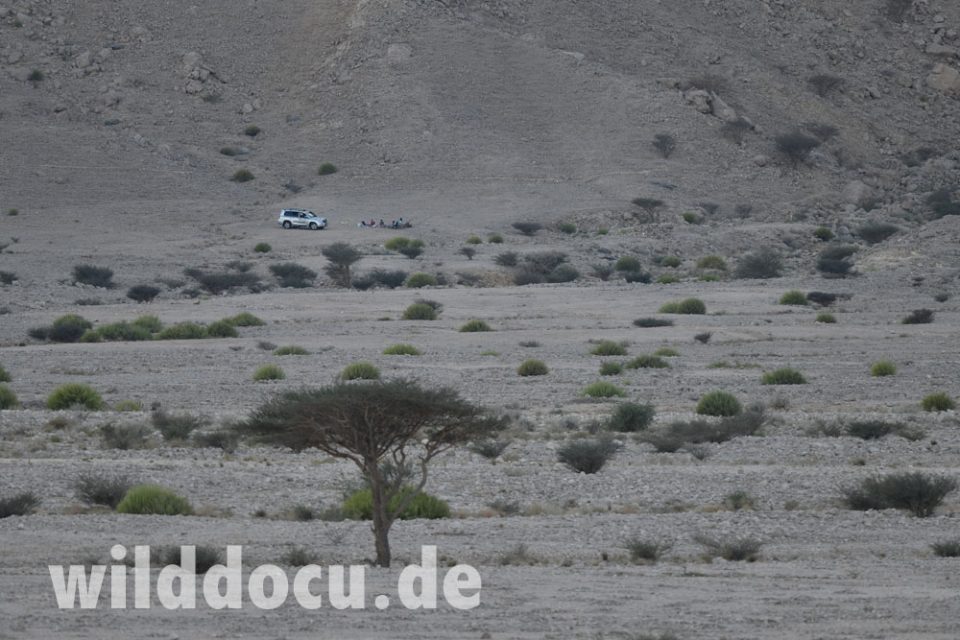
It is a wonderful experience. In front of me is this wall, 1000 vertical metres with endless holes and niches, where whole herds of ungulates can vanish into thin air. Behind me is the town of Mezyad – maybe four kilometres beeline to the main road. But as I mentioned before the urban noises are quite well blocked through the artificial wall of sand. Only the muezzins – or their loudspeakers respectively – tower over the dune to make sure you know in which corner of the world you are. But their chants are far enough away not to disturb the concert of crickets, a Little Owl and a Pharaoh’s Owl. Then they come.
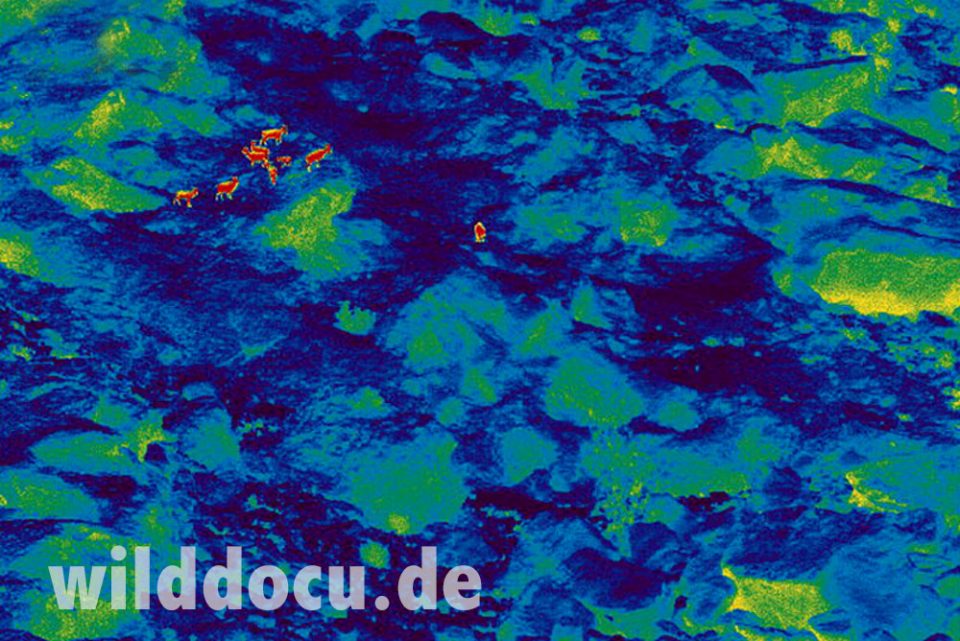
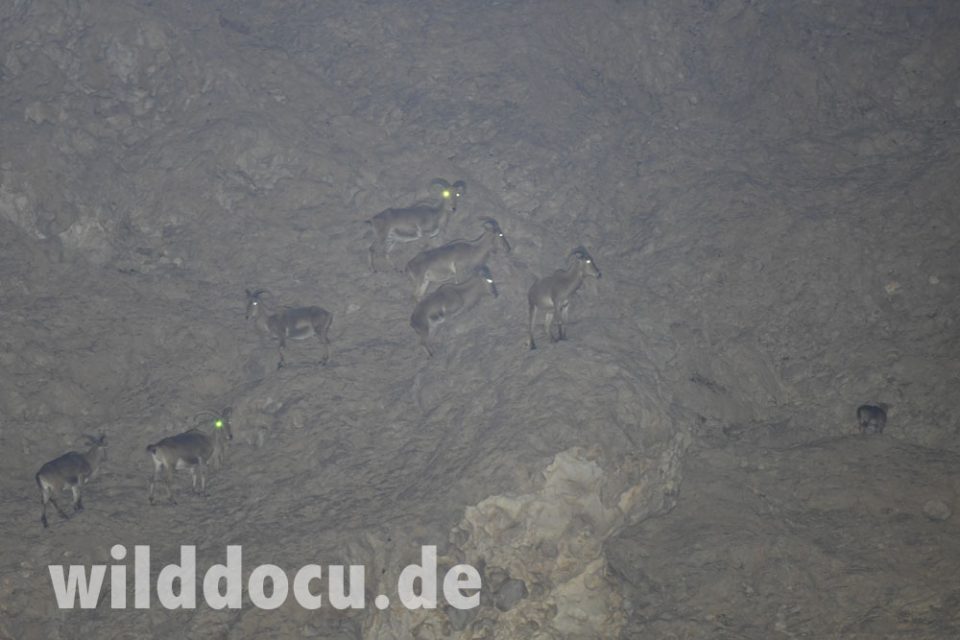
It has long been dark when I discover a herd of nine Aoudads through the eyepiece of my thermal imager – the largest herd so far. At a distance of 200 meters, I briefly take some pictures of the herd in the light of my flashlight (Ledlenser MT 18). I then turn off the lamp and continue to observe with the thermal imager. One of the animals stares continuously to the right, which makes me hope that maybe a predator or at least another animal species enters the stage. I wait, but unfortunately, nothing happens.
Later in the plain, on the way back to the car, I try again to find some rodents. It does not look so bad. In the gullies grows quite a lot of green, nevertheless not a single gnawer can be detected. The last living being out here in the desert is a very shy house cat, four kilometres away from the next house.
Friday, 14.1. Same procedure as every day: Spend two hours on the terraces of the hotel. The ungulates don’t show up. Instead I finally catch one of these insanely fast Pallid Swifts with my camera.
I drive the 200 km to Khor Kalba. Kalba is a city in the Emirate of Sharjah lying on the Gulf of Oman coast. Khor Kalba (Kalba Creek) is an important nature reserve and mangrove swamp, located south of the town by the Omani border. The access to the mangroves is restricted. The visitor centre usually opens at 9 am, but on Friday at 2 pm. So it’s time to explore the harbour.
I ask at East Coast Fishing Charter (you find it on Google maps) if they would take me on a whale watching tour. From what I read, you can expect Common Dolphins, Spinner Dolphins and Indian Ocean Humpback Dolphins as well as False Killer Whales. I would have been the first whale watcher customer and they actually would have taken me out, but the owner says you have to drive up to 50 or 100 kilometres out to sea to find the animals. That’s too far for me for today. I save it for next time. The mangrove centre is next.
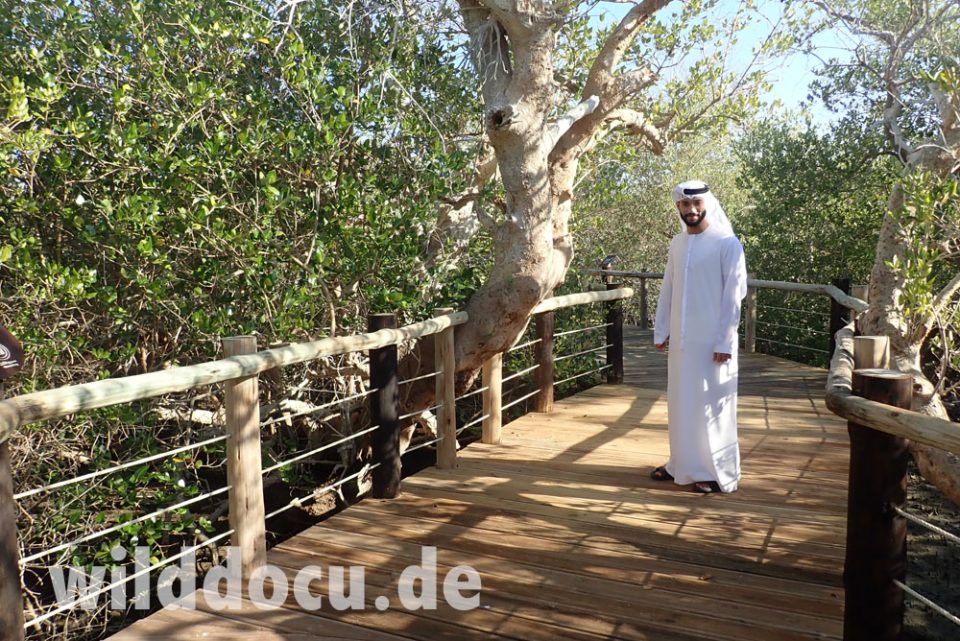
The facility, including a visitor center and a boardwalk through the mangrove forest, is brand new. You can still smell the fresh paint along the board walk. 22-year old Ali offers his services as a guide. I gladly accept and then do another round by myself until dark.
The avian star of the area is the Arabian Collared Kingfisher (Halcyon chloris kalbaensis).
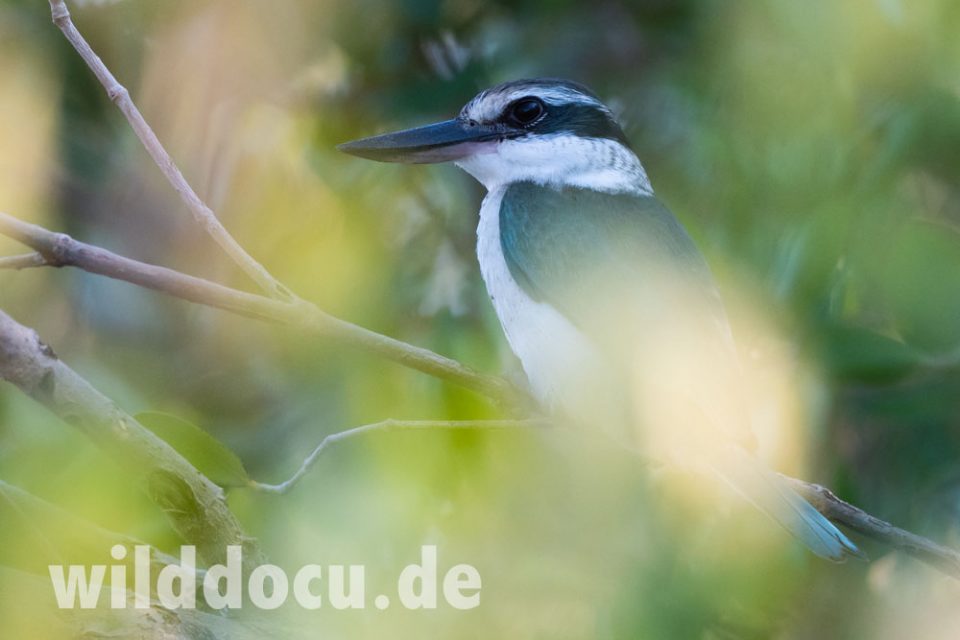
On the beach site of the reserve Sand Gazelles have been introduced. Red Foxes are also a possibility. Neither of them show up. Since it is Friday many families use the afternoon after the visit to the mosque for a walk. I still manage to have some quite minutes to observe something with my own eyes, I had read before in a scientific paper.
The Collared Kingfisher is in danger. The birds use holes in the 300 years old mangrove trees as breeding cavities. According to Yaghmour et. al (2019) Black Rats (Rattus rattus) are known to enter the cavities and prey on the kingfishers.
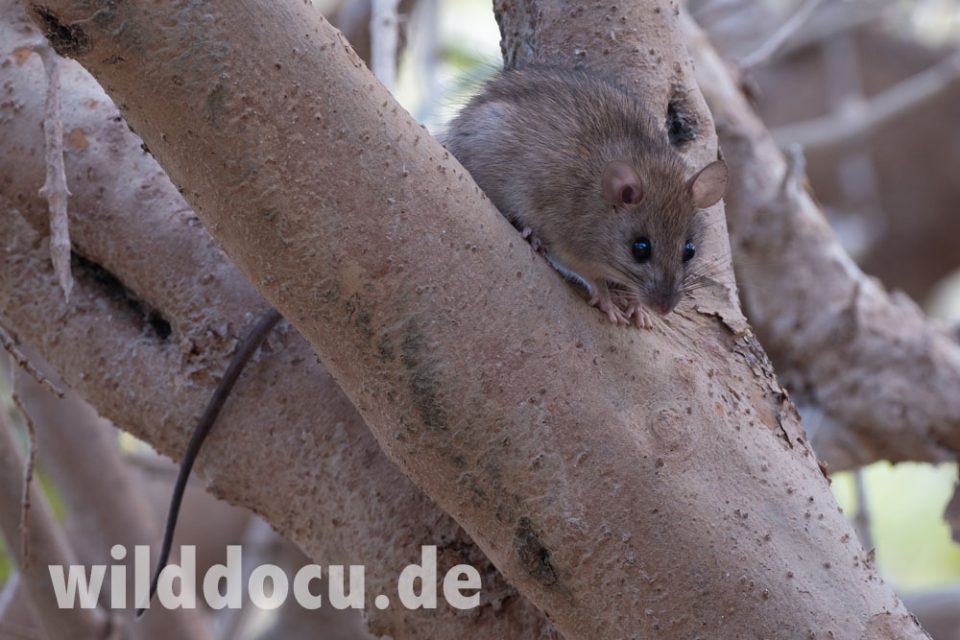
As I calmly walk through the forest I notice a rat, then a second running alongside the branches of the mangroves. A waste bin that is attached to the railing of the board walk is there aim. If disturbed they run for shelter in the tree cavities.
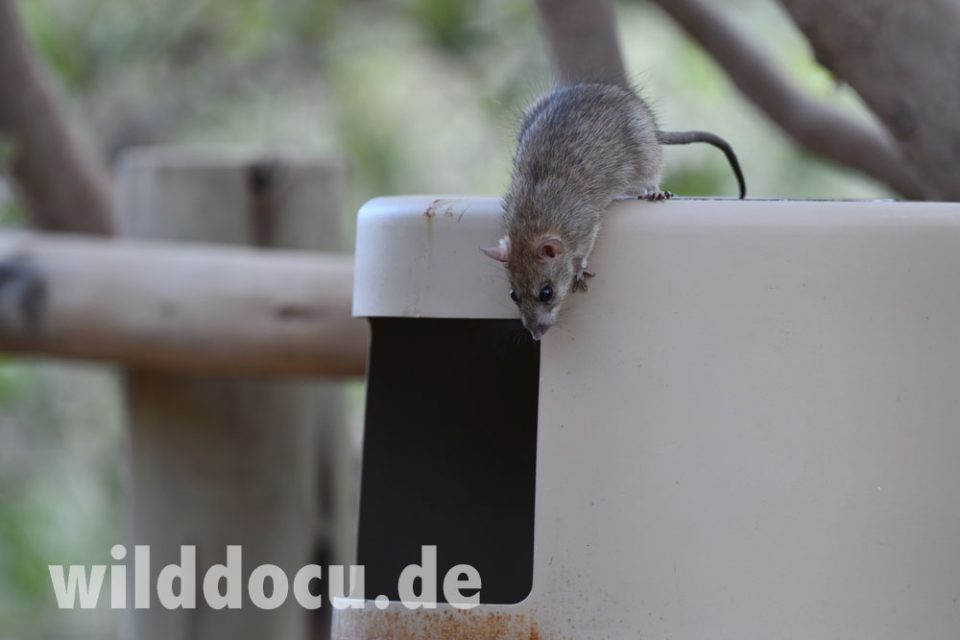
The presence of the rats as a threat for the birds is one thing, but the rats themselves another. They are for sure fascinating animals. I find the eyes of the Kalba specimens are bigger than those of animals I know from published illustrations. (I later contact mammalogist Boris Krystufek. He thinks the eyes are normal sized.)
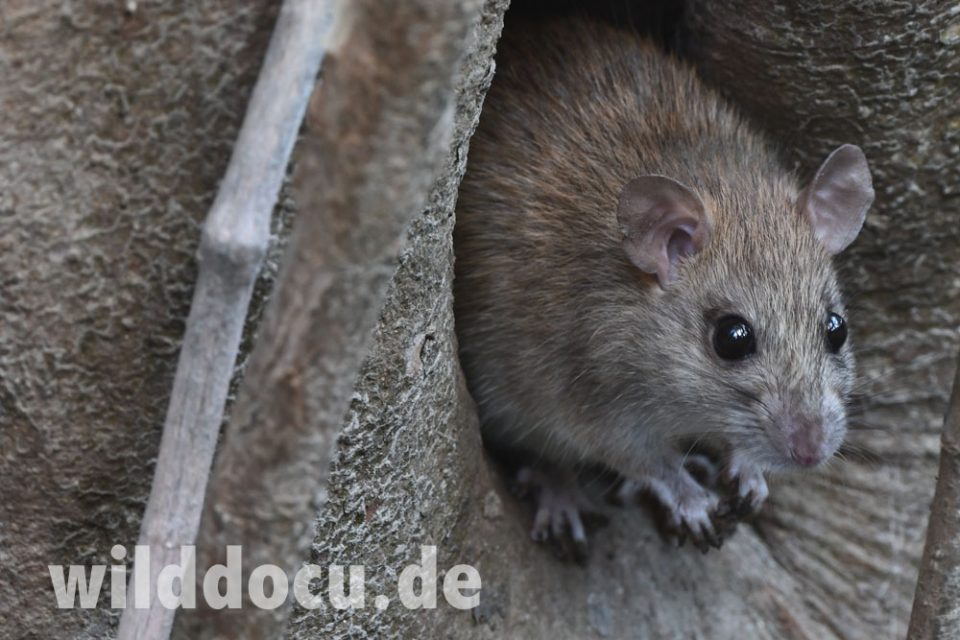
For my purposes it is perfect that the rat is active during the day and so I get a chance to observe it thoroughly, a species that is – believe it or not – at home endangered. The area is video-monitored, and eventually three security guards come to tell me that it is time to leave. Perhaps the area opposite the parking lot is worth a nighttime observation. I prefer to drive back to the hotel.
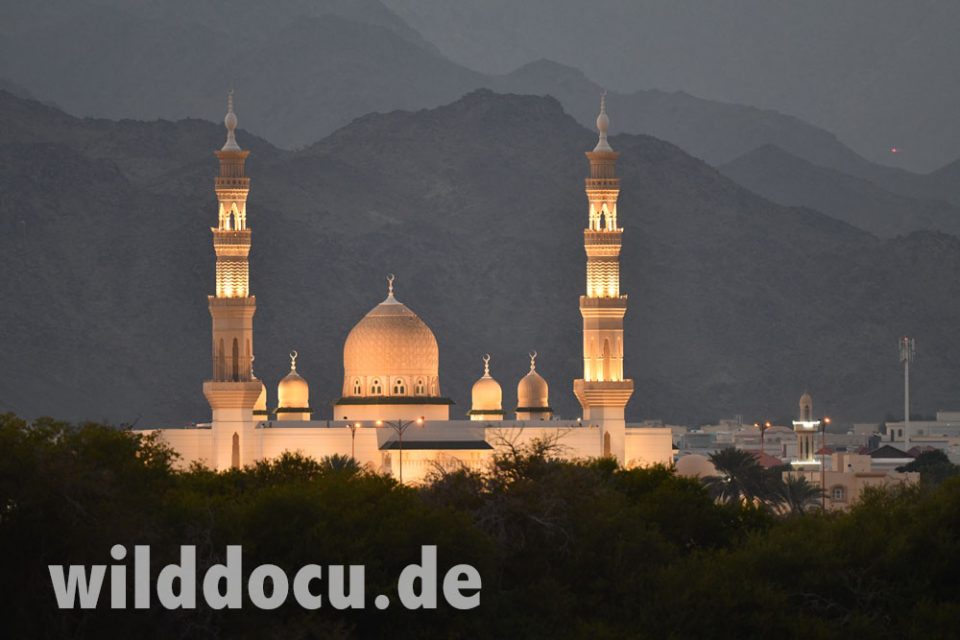
Saturday, 15.1. A last time I look for Tahr and Aoudad (6-8 am). A Lesser Whitethroat is the last bird that I record on Jebel Hafeet. Then I am off to visit the Dubai Desert Conservation Reserve. Well, that’s the idea. But this time it’s a real sandstorm that prevents me from entering the reserve. And also in the vicinity there is nothing to catch. Staying outside would ruin my camera equipment.
So I leave for Ras Al Khor Wildlife Sanctuary in Dubai, a crazy place, which is famous for its flamingos in front of highrises. The place is so busy that I can’t get access to the observation tower. I have an hour after sunset and – remembering Vladimir Dinet’s report – hope for a mongoose, but nothing walks by. A few hours later I take my flight back to Germany.
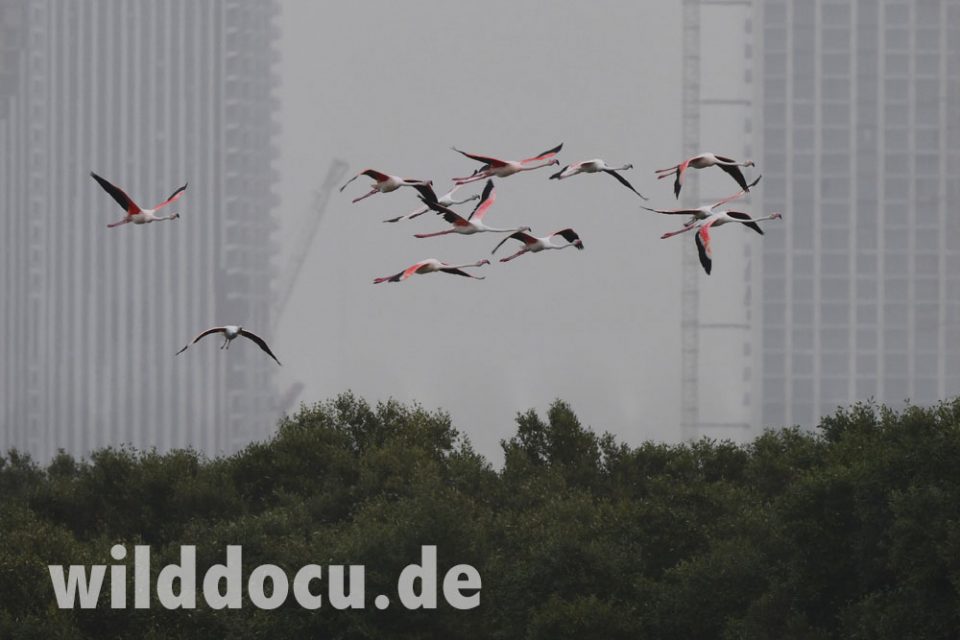
A final thought: The UAE is a busy, overpopulated place – like so many other places in the world. But if you want, you can find and enjoy the little nature islands and my impression is, the situation is improving. It seems, those responsible have recognised that intact nature and wild animals are the only basis for sustainable tourism. They try to bring it back.
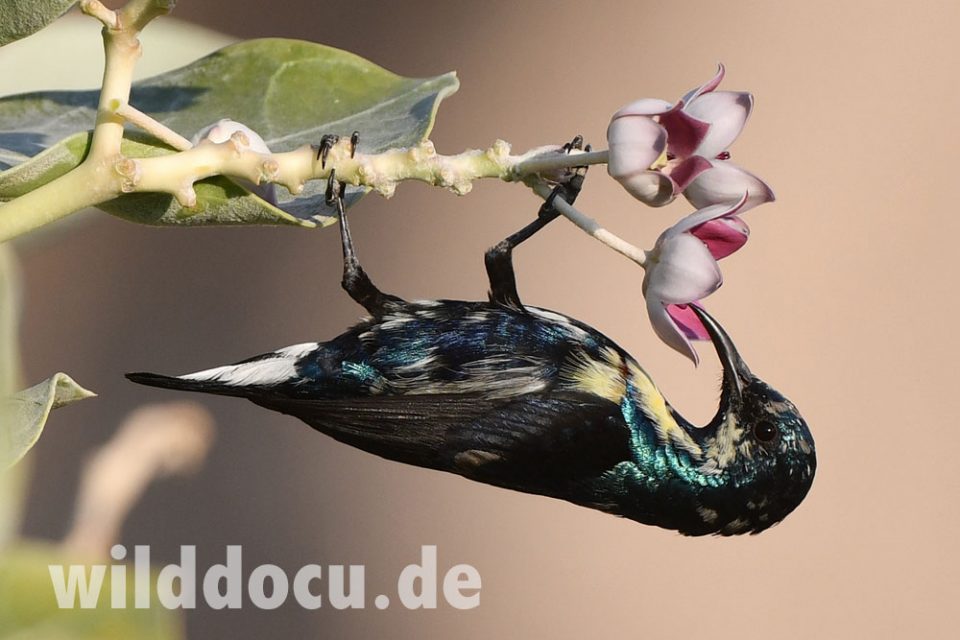
Oh, and yes, the food at Mercure Grand is grand. And despite the food I lost three kilos of winter flab – thanks to passionate mammal watching. 😉

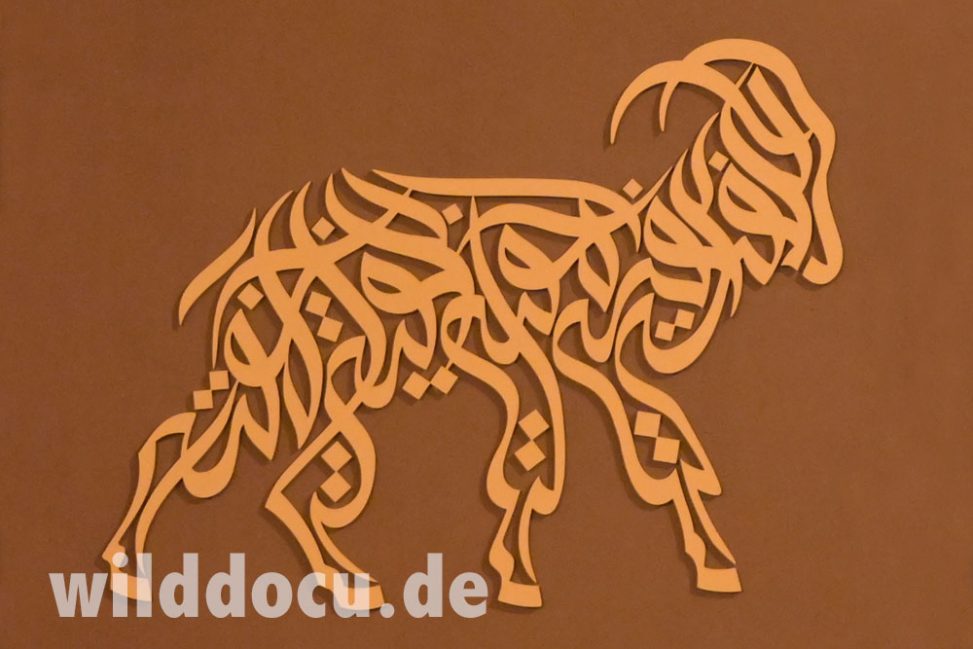
Prof. Dr. Norman Ali Khalaf
A very intetesting wildlife report. Congratulations
Ralf Bürglin
Thank you! I am glad you like it.